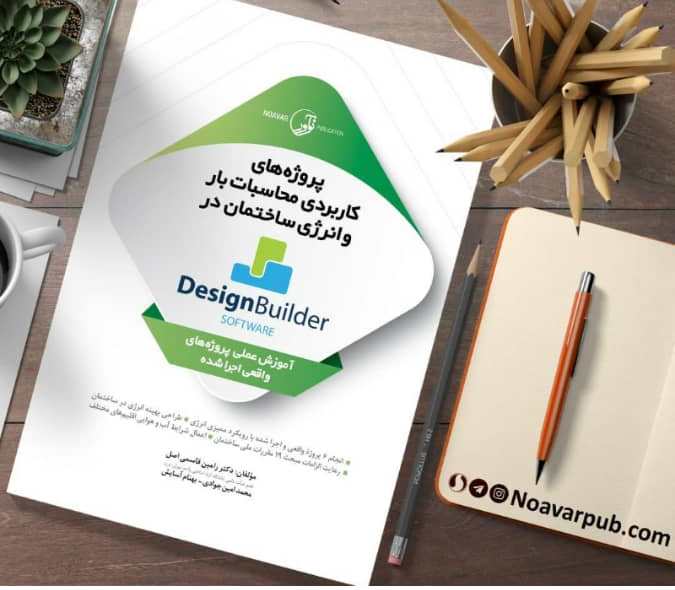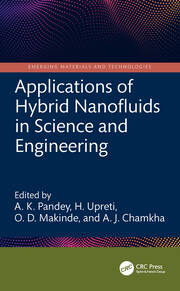
فصل پنجماز کتاب Book Title: Applications of Hybrid Nanofluids in Science and Engineering (CRC Press) با عنوان Effects of different shapes of the porous cavity on natural convective heat transfer of hybrid nanofluids; Experimental study از انتشارت تیلور اند فرانسیس در حوزه انتقال حرارت جابجایی طبیعی نانو ذرات از مقاطع مختلف در موارد متخلخل در زانویه 2025 منتشر شد..
چکیده لاتین این فصل به شرح زیر است:
The effect of different shapes of pores on natural convection heat transfer to Al2O3-TiO2-water hybrid nanofluids with volume concentrations of 0.5% and 1% is investigated in this chapter. This experiment was conducted using four different models of porous media. These different shapes are named with letters A, B, C, and D. All porous media are made with a 3D printer and are of the same porosity and material. In this experiment, there is a heat transfer chamber consisting of two walls, one cold and the other hot, while the remaining walls are designed to be thermally insulating (adiabatic). Additionally, the chamber can be rotated at three angles relative to the horizon: 0, 30, and 60 degrees, all directed towards the hotter wall. The results of the tests, which were conducted at different volume concentrations for various pore shapes, have been thoroughly examined and compared through graphical analysis. The maximum convective heat transfer coefficient and Nusselt number were obtained for shape D with 1% hybrid nanofluid at a chamber angle of 30 degrees, while the minimum value was obtained for shape A with 0.5% hybrid nanofluid at 0 degrees.



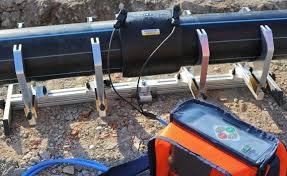
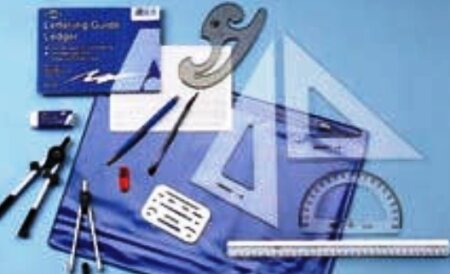





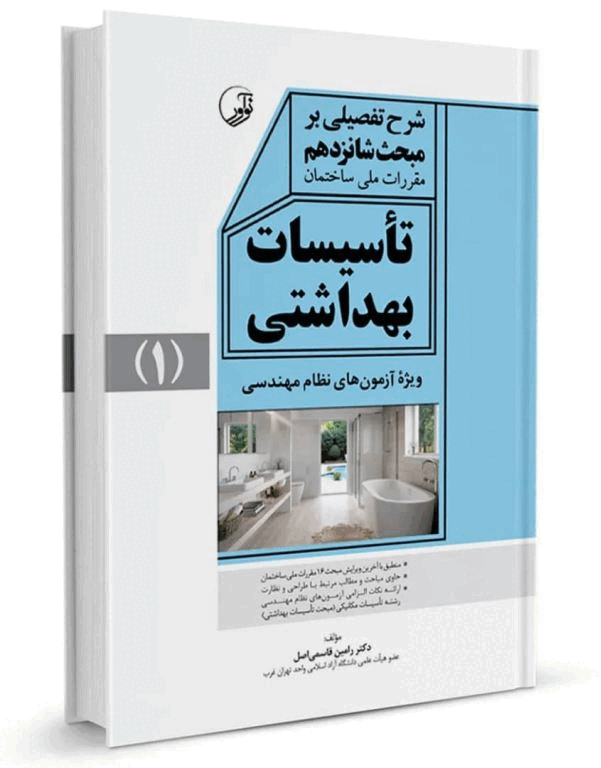
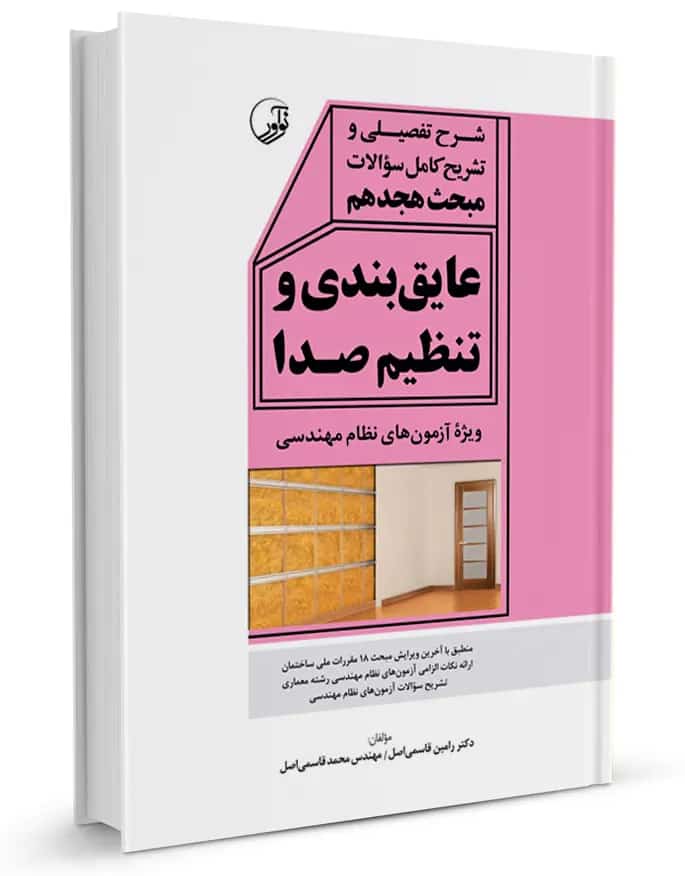
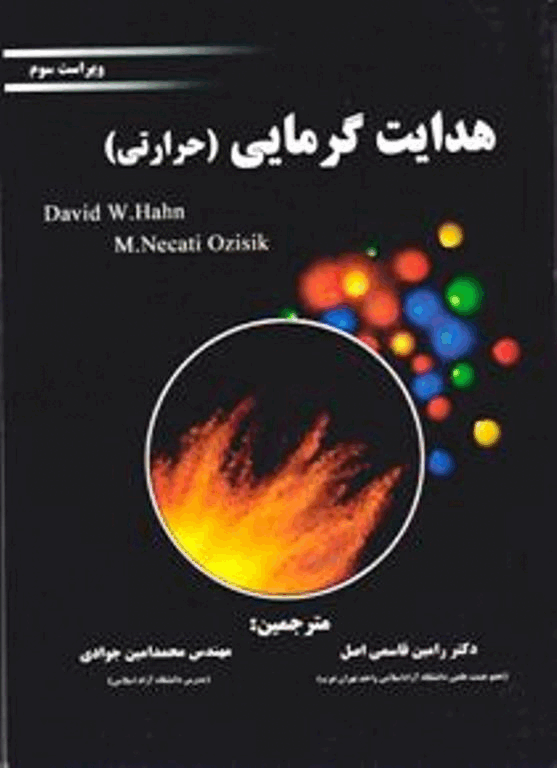
.gif)
